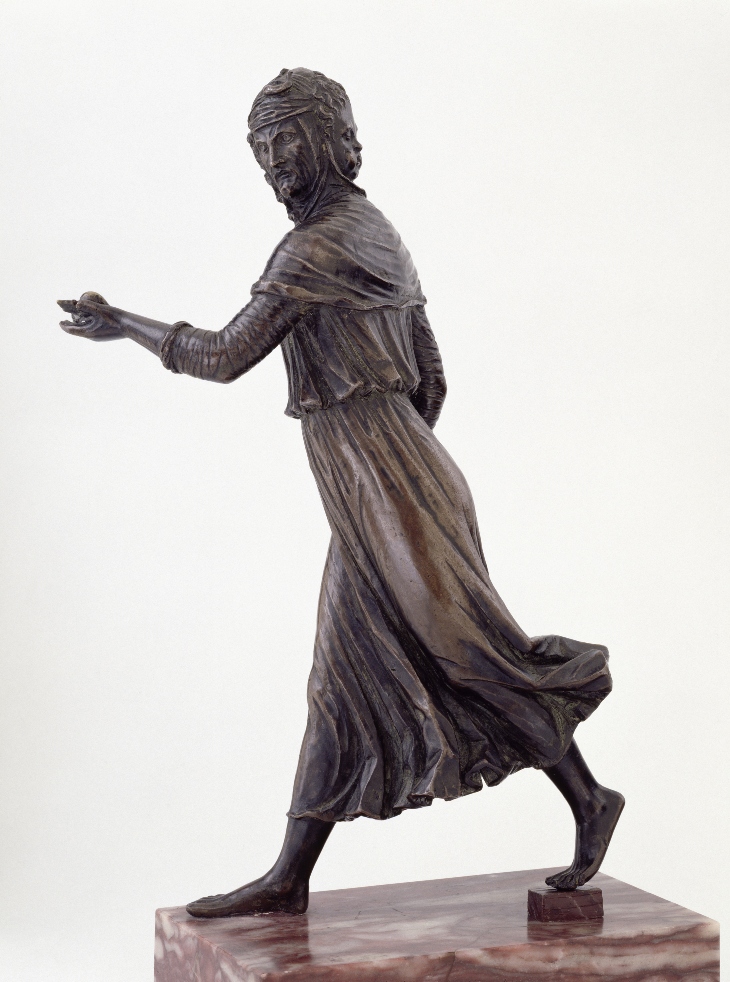While some museums remain shuttered due to the Covid-19 pandemic, Apollo’s usual weekly pick of exhibitions will include shows at institutions that are now reopening as well as digital projects providing virtual access to art and culture.
Started in 1927 but never finished, Aby Warburg’s encyclopaedic Bilderatlas Mnemosyne was an ambitious attempt to identify and track the ‘afterlife’ of motifs from Western antiquity in art from subsequent cultures. A forthcoming exhibition at the Haus der Kulturen der Welt in Berlin will reconstruct the panels on which Warburg originally displayed his research, in the form of photographic reproductions of artworks and other printed material (4 September–30 November). In the meantime, visitors to the city’s Gemäldegalerie will encounter a different kind of restaging: around 50 historic artworks drawn from the collections of the Berlin State Museums, photographs of which Warburg included in his sections on the themes of the cosmos and pathos. The exhibition opens on 8 August, closing on 1 November. Find out more from the Gemäldegalerie’s website.
Preview below | View Apollo’s Art Diary here

Judith and her maidservant (1489), Domenico Ghirlandaio. Photo: Christoph Schmidt. © Staatliche Museen zu Berlin, Gemäldegalerie

Sculpture of Hekate or Prudentia (c. 1500). Photo: Antje Voigt; © Staatliche Museen zu Berlin, Skulpturensammlung und Museum für Byzantinische Kunst

‘If you eat fish, you will stay slim, healthy and fresh’ poster (1927), Walter Reimer. Photo: Knud Petersen. © Staatliche Museen zu Berlin, Kunstbibliothek

Laocoön and his sons being attacked by serpents (16th century), Marco Dente. Photo: Volker-H. Schneider; © Staatliche Museen zu Berlin, Kupferstichkabinett














![Masterpiece [Re]discovery 2022. Photo: Ben Fisher Photography, courtesy of Masterpiece London](http://zephr.apollo-magazine.com/wp-content/uploads/2022/07/MPL2022_4263.jpg)
Suzanne Valadon’s shifting gaze